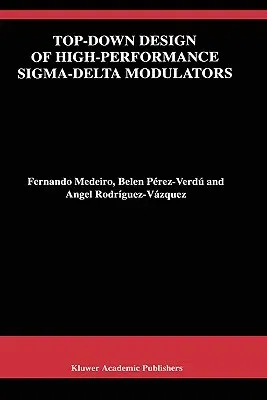Fernando Medeiro
(Author)Top-Down Design of High-Performance Sigma-Delta Modulators (1999)Hardcover - 1999, 30 November 1998

Qty
1
Turbo
Ships in 2 - 3 days
In Stock
Free Delivery
Cash on Delivery
15 Days
Free Returns
Secure Checkout

Part of Series
The Springer International Engineering and Computer Science
Part of Series
Kluwer International Series in Engineering & Computer Science
Part of Series
Kluwer International Series in Engineering and Computer Scie
Part of Series
Springer International Series in Engineering and Computer Sc
Print Length
287 pages
Language
English
Publisher
Springer
Date Published
30 Nov 1998
ISBN-10
0792383524
ISBN-13
9780792383529
Description
Product Details
Book Edition:
1999
Book Format:
Hardcover
Country of Origin:
US
Date Published:
30 November 1998
Dimensions:
24.43 x
16.41 x
2.36 cm
ISBN-10:
0792383524
ISBN-13:
9780792383529
Language:
English
Location:
New York, NY
Pages:
287
Publisher:
Series:
Weight:
566.99 gm